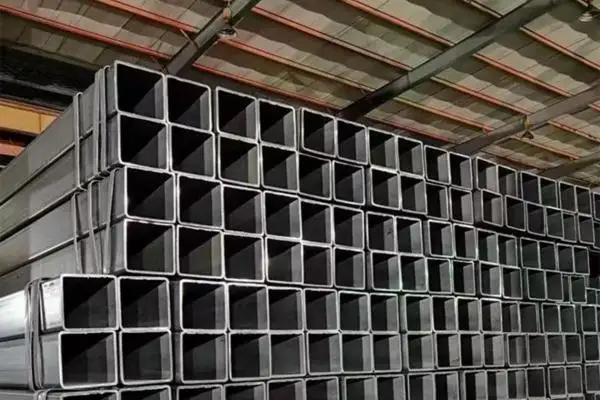Stainless steel has long been valued for its durability and corrosion resistance. With advancements in manufacturing technologies, enhanced versions of stainless steel components have emerged, offering superior performance. Among them, the technologically upgraded stainless steel C-channel stands out. This article explores its unique advantages, manufacturing processes, and applications across various industries.
Super Steel Manufacturing Co.,Ltd is professional C channel manufacturer, for more details, please contact:sales@super-steels.com
Key Advantages of Technologically Upgraded Stainless Steel C-Channels
Superior Strength and Durability
Advanced manufacturing techniques significantly boost the structural strength and service life of upgraded C-channels, making them ideal for high-demand environments.
Enhanced Corrosion Resistance
New alloy formulations and processing methods provide exceptional protection against corrosion, even in harsh conditions, ensuring long-term reliability.
Reduced Weight
Stronger yet lighter, these C-channels ease handling, transportation, and installation—particularly beneficial in construction and industrial projects.
Cost Efficiency
Although the initial investment may be higher, reduced maintenance, longer service life, and lower operational costs make these C-channels a cost-effective choice over time.
Applications of Technologically Upgraded Stainless Steel C-Channels Across Industries
Construction and Infrastructure
Widely used as structural members in buildings, scaffolding, and industrial frameworks, providing high load-bearing capacity and stability.
Automotive Industry
Essential in engine mounts, suspension systems, and frame reinforcements, where strength and reduced weight improve vehicle safety and fuel efficiency.
Aerospace Sector
Critical for components such as fuselage reinforcements and landing gear, offering excellent thermal insulation and resistance to extreme conditions.
Marine Engineering
Ideal for marine applications due to their outstanding corrosion resistance and mechanical stability under seawater exposure.
Manufacturing Process of Technologically Upgraded Stainless Steel C-Channels
Raw Material Preparation
High-grade stainless steel sheets undergo treatments like heat treatment, cold rolling, and surface conditioning to enhance quality.
Forming Techniques
C-channels are typically formed through hot rolling, with precision technologies such as CNC machining and laser cutting refining the final dimensions.
Quality Control of Technologically Upgraded Stainless Steel C-Channels
Material Testing
Comprehensive chemical and mechanical tests ensure only premium-quality materials enter production.
Stringent Quality Control
Every production phase—from forming to finishing—is closely monitored to maintain consistency and reliability.
Continuous Improvement
Ongoing R&D efforts and process upgrades aim to further enhance product performance while minimizing environmental impact.
Environmental Benefits of Technologically Upgraded Stainless Steel C-Channels
Reduced Waste
Optimized manufacturing processes decrease material waste, supporting more sustainable production.
Energy Efficiency
Lighter products lower energy consumption during transportation and installation, contributing to a reduced carbon footprint.
Recyclability
Designed with recycling in mind, these C-channels support circular economy initiatives by enabling post-use material recovery.
Conclusion
Technologically upgraded stainless steel C-channels mark a significant advancement in material engineering. Offering superior strength, enhanced corrosion resistance, reduced weight, and long-term cost savings, they are increasingly vital in sectors such as construction, automotive, aerospace, and marine engineering. With ongoing technological innovation, the future promises even greater improvements in performance, sustainability, and versatility for stainless steel components.



 English
English Español
Español Français
Français بالعربية
بالعربية





















